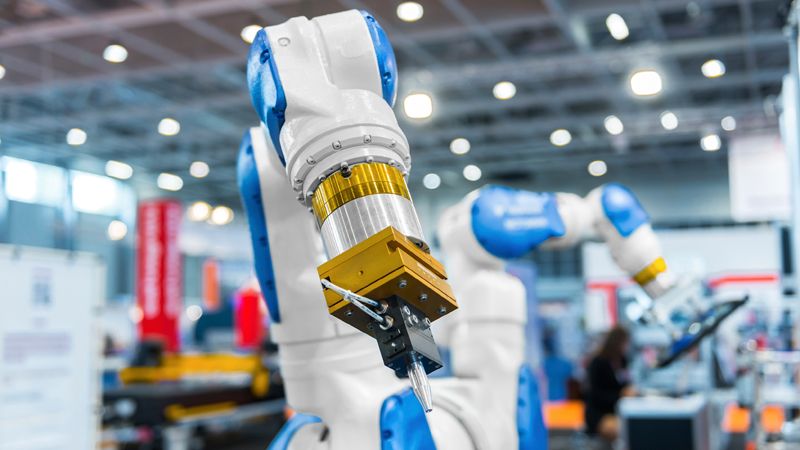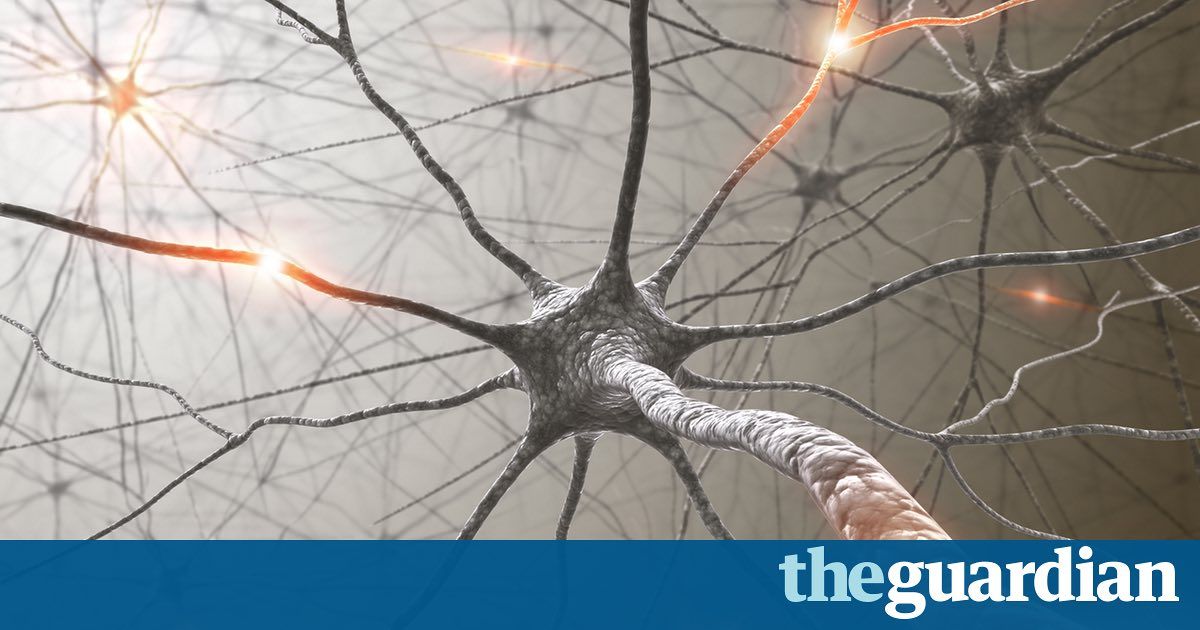
“Technophobes”—people who fear robots, artificial intelligence and new technology that they don’t understand—are much more likely to be afraid of losing their jobs to technology and to suffer anxiety-related mental health issues, a Baylor University study found.
More than a third of those in the study fit its definition of “technophobe” and are more fearful of automation that could lead to job displacement than they are of potentially threatening or dangerous circumstances such as romantic rejection, public speaking and police brutality, according to the study.
“If you’re afraid of losing your job to a robot, you’re not alone,” said researcher Paul McClure, a sociologist in Baylor’s College of Arts & Sciences. “This is a real concern among a substantial portion of the American population. They are not simply a subgroup of generally fearful people.”
Read more





 Illustration of 3D-printed sensory composite (credit: Subramanian Sundaram)
Illustration of 3D-printed sensory composite (credit: Subramanian Sundaram)












